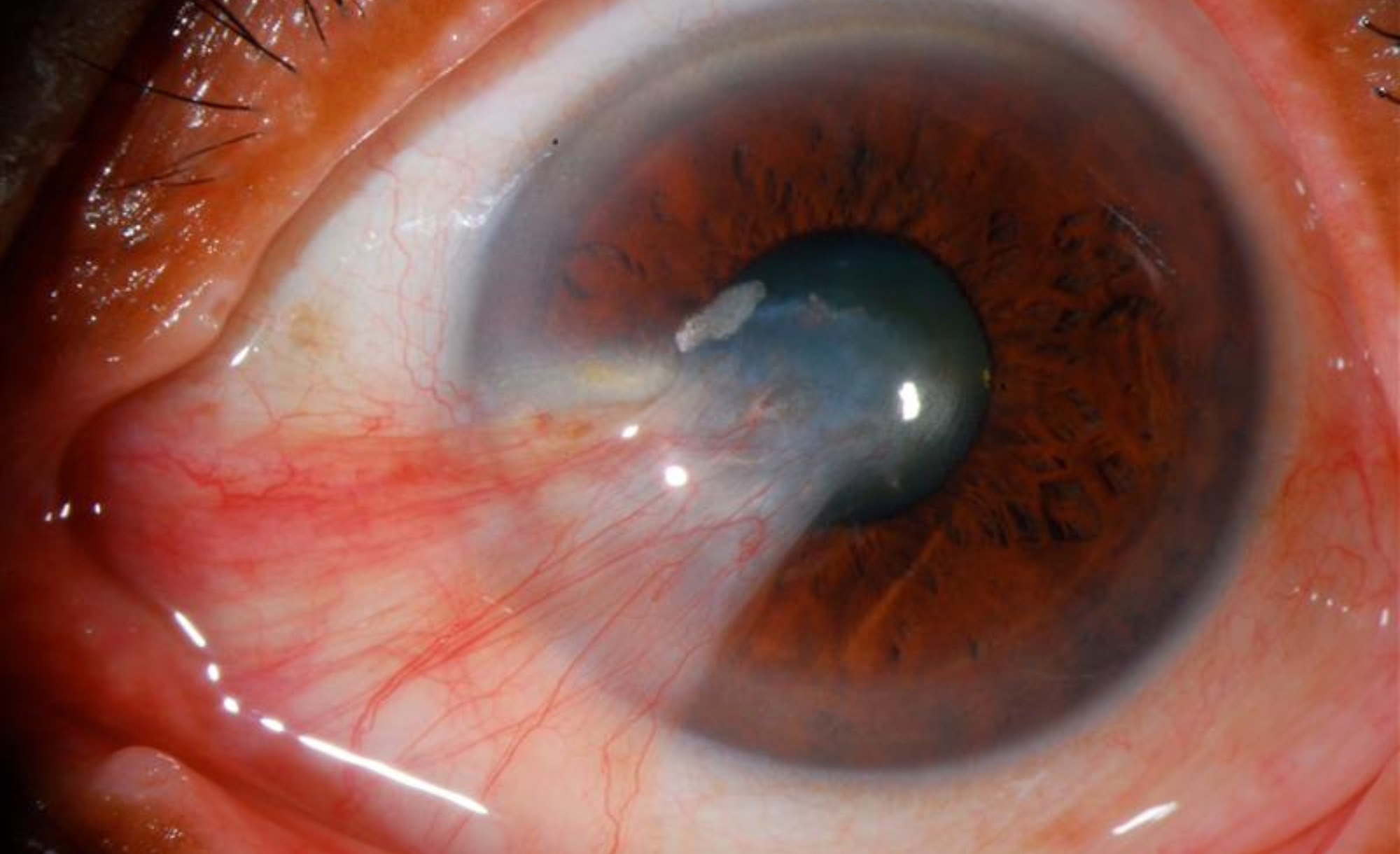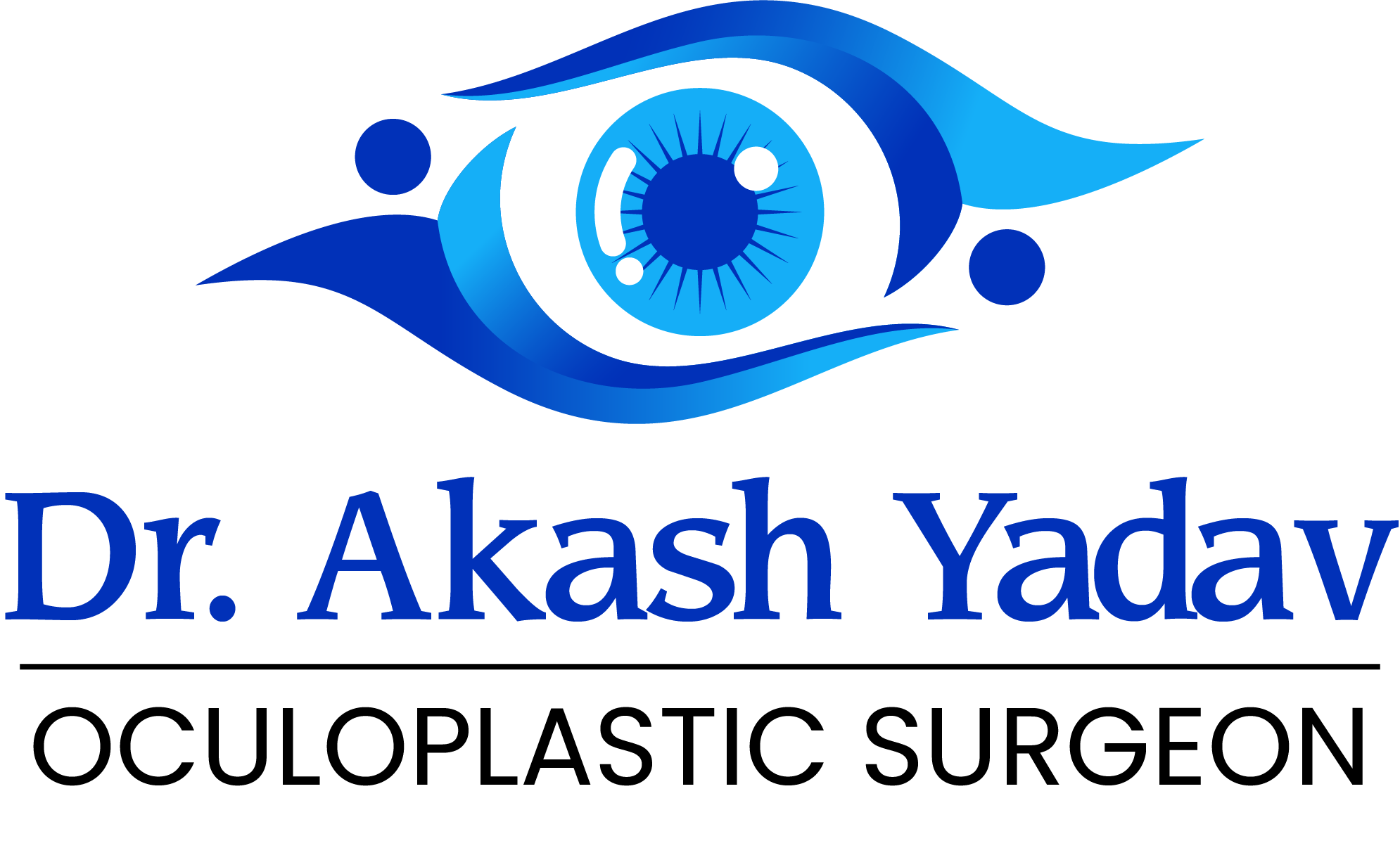
What Is a Pterygium?
A pterygium (pronounced “teh-RIJ-ee-um”) is a non-cancerous growth of pink, fleshy tissue on the conjunctiva (the clear membrane covering the white part of the eye). It often grows toward the cornea and can affect vision if left untreated.
Symptoms of Pterygium
- Redness and irritation in the eye
- A visible pink, fleshy growth on the eye
- Dryness, itching, or burning sensation
- Blurred vision if it covers the cornea
- Feeling like there’s a foreign object in the eye
Causes & Risk Factors
- Pterygium is often linked to:
- Prolonged UV exposure (sunlight, tanning beds)
- Dry and dusty environments
- Chronic eye irritation
- Genetic predisposition
Pterygium Removal: Treatment Options
Non-Surgical Treatments
- Artificial tears to relieve dryness
- Steroid eye drops to reduce inflammation
- Protective eyewear (sunglasses with UV protection)
Surgical Treatments
If the pterygium affects vision or causes discomfort, surgery may be recommended.
Types of Pterygium Surgery:
- Excision with Conjunctival Autograft (most common) – The growth is removed, and healthy tissue is grafted to prevent recurrence.
- Amniotic Membrane Transplant – Used for larger pterygiums to promote healing.
- Fibrin Glue Technique – A newer, suture-less method for faster recovery.
Recovery After Pterygium Surgery
Healing time: 1–2 weeks
Post-op care:
- Use prescribed antibiotic & anti-inflammatory eye drops
- Avoid rubbing the eye
- Wear sunglasses outdoors
- Limit screen time to reduce strain
Possible side effects: Mild discomfort, redness, or temporary blurred vision
How to Prevent Pterygium Recurrence
- Wear 100% UV-protected sunglasses
- Use wide-brimmed hats in sunny conditions
- Keep eyes moist with lubricating drops
- Avoid dusty or windy environments
FAQs About Pterygium Removal
Is pterygium removal painful?
No, the procedure is done under local anesthesia, so you won’t feel pain.
Can a pterygium grow back after surgery?
Recurrence is possible but less likely with advanced techniques like conjunctival autografts.
How long does pterygium surgery take?
The procedure usually takes 30–45 minutes.
When can I return to work after surgery?
Most patients resume normal activities within 3–5 days.
Pterygium removal is a safe and effective procedure for restoring eye comfort and vision. Early treatment can prevent complications. If you notice symptoms, consult an ophthalmologist for personalized care.
Need expert advice? Contact an eye specialist Dr. Akash Yadav today for a consultation!
Experience Expert Eye Care
Contact with Pune’s Leading Oculoplastic Surgeon - Dr. Akash Yadav Today!

